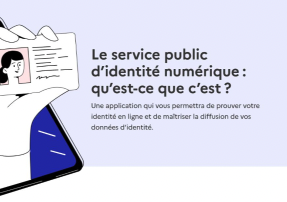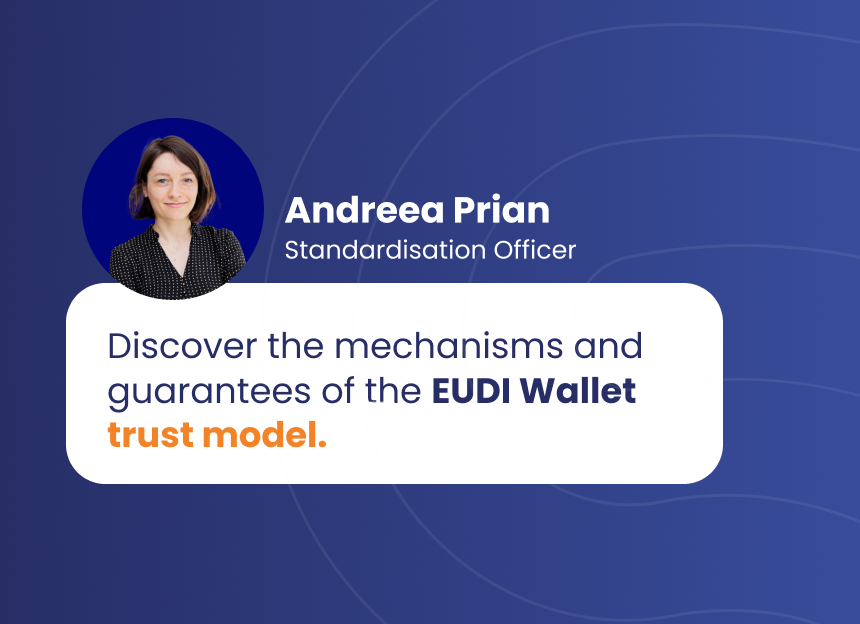In just a few years, our mobile phones have evolved into indispensable personal assistants. They have become essential for our memory, navigation, scheduling, information access, passes and for using a multitude of services via various applications.
Smartphones are emerging as trusted platforms
The future of our mobile phones looks particularly promising as we prepare to entrust them with a new generation of high-value services, known as “trust services.”
These second-generation services are primarily characterized by the use of more sensitive data for the user, such as identity information, payment transactions, mobility, currency holdings and health data. Therefore, users need additional guarantees regarding the security of this data and the respect of their privacy, as well as assurances about the legal value of the information, exchanged consents and completed transactions.
How do e-Wallets differ from Standard Applications?
Initially, the first e-wallets were dedicated to payments. The need to protect this critical data justified the concept of a cryptographically secure wallet. However, the concept of e-wallets has evolved. On the one hand, the scope of secure data storage has expanded to include data transmission and Cloud storage. On the other hand, e-wallets are becoming increasingly multifunctional and interoperable, offering an architecture far more advanced than a simple application. This architecture relies on three dimensions: interoperability, multi-use functionality and ecosystem security.
Here are some concrete examples of these architectures, as recommended within the framework of the European wallet project:
- Management of Various Digital Formats: e-wallets must handle multiple digital formats of data and official documents, operating both in-person and remotely.
- Processing of Third-Party Services: They must be able to handle public services as well as services from the private sector.
- Multiple Representations: These wallets must be usable for representing both individuals and legal entities.
- History Preservation: They must be able to maintain a reliable history of transactions and exchanges.
This list is far from exhaustive and it becomes clear that the architectural framework of the entire e-wallet ecosystem requires a high degree of expertise and sophistication in its development.
More than half of the world’s population affected
Mobile payments and standardized “health passes” have, in a way, paved the way for the electronic wallet. How? By familiarizing users with the use of mobile devices and their software applications.
The projected volumes are impressive and depict an increasingly attractive market as practices are expected to be relatively harmonized and standardized. Public adoption should be encouraged by the free availability of basic services such as identification, authentication and simple payment transactions.
At European level, the number of potential users of the “EUDI Wallet” could reach between 360 and 450 million, based on 80% of the European population. Globally, the use of e-wallets for payments is already widespread in Asia and other emerging countries, providing a substantial user base to be enriched with new services.
According to a Juniper study, the number of e-wallets worldwide could exceed 5.2 billion by the end of 2026, representing over 60% of the global population. This is a promising market with strong development potential in almost every country in the world.
Towards a generation of new services
What new uses will emerge with e-wallets? Generally, these will be services requiring increased trust and a technical and legal framework for transactions. Here are some sector-specific examples to illustrate this evolution:
- Higher Education: Student enrollment and diploma verification will be simplified and secured with e-wallets. They can also serve as an authentication mean for online courses or professional training.
- Health: e-wallets will facilitate patient authentication and verification of their rights and specific coverage. Users can manage their digital health records, while doctors can send validated prescriptions and medical exam results.
- Currency and Payment: e-wallets will allow the storage of keys and digital values, similar to crypto-wallets, thus holding and using monetary units. Payment methods available via e-wallets will be diversified: instant payments, person-to-person payments, fractional payments, subscription management and cancellation.
- Mobility and Transport: e-wallets will enable personalized ticketing practices, allowing greater flexibility (hours, loyalty, local subsidy rights) and unified pricing for multimodal or recurring transport. Car rentals and car-sharing will also be simplified with instant verification of the driver’s license and insurance validity via the e-wallet.
These new services illustrate the potential of e-wallets to transform various sectors, bringing trust, security and efficiency to digital transactions and interactions.
Conclusion
The provision of personal identification data, digital signatures and verification of personal attributes transform our mobile phones into trusted instruments, placing digital identity at the forefront. The processes of identification, authentication and authorization/consent enhance the value of new services offered by electronic wallets. Users can now manage their data reliably, securely and autonomously, allowing them to access a wide range of digital services in a safer and more convenient way.
Source: https://www.juniperresearch.com/press/digital-wallet-users-exceed-5bn-globally-2026/




